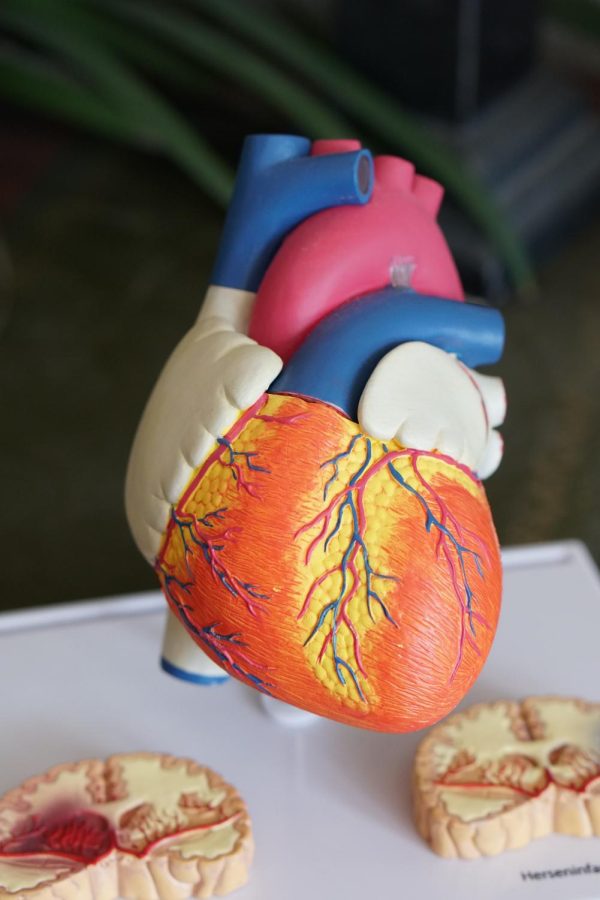The Science Behind Pacemakers
information on how pacemakers help people
Photo by Robina Weermeijer on Unsplash
What is a pacemaker?
A pacemaker is a small device that allows the coronary heart rate to be altered in people with certain types of coronary artery disease. This is a lifestyle-saving invention that has helped countless people with bad heart conditions live normal, healthy life. This article describes the functions, mechanisms, and benefits of cardiac pacemakers.

Pacemaker Features
The most important characteristic of a pacemaker is that it alters the heart rate of people affected by an abnormal or slow heartbeat. Arrhythmias or cardiac arrhythmias can be explained when the electrical machinery of the coronary arteries is broken or not working properly. In such cases, the pacemaker sends electrical signals to the heart muscle, causing it to support and relax in a regular rhythm.
Pacemakers also help with symptoms such as shortness of breath, fatigue, and dizziness, which are not uncommon in people with arrhythmias. By regulating the coronary charge of the heart, pacemakers increase blood flow to major organs and muscles, thereby improving the overall abnormal lifestyle of people with coronary artery disease.
A pacemaker is a small digital device that is placed under the skin, usually under the collarbone. The device attaches to one or more leads or wires that run through veins to the coronary arteries. The pacemaker’s electronics continuously monitor the heartbeat and send electrical signals to the coronary heart muscle to correct the heartbeat as needed.
Pacemakers are also programmed to continue sending electrical signals when the coronary heart rate drops below a certain threshold or when the coronary heart rate becomes abnormal. When detected, the pacemaker sends an electrical signal to the coronary myocardium, which agrees to relax to change the coronary charge of the heart. Pacemaker programming can be adjusted to the patient’s personal preferences by a physician or technician.
Pacemaker Benefits
Pacemakers offer many benefits to heart patients. Some of the main advantages are:
Heart rate regulation
Pacemakers help the coronary heart beat in a regular rhythm and reduce headaches associated with abnormal heartbeats.
Improved blood flow
By regulating your heart rate, pacemakers improve blood flow to vital organs and muscles, helping to improve overall health.
Managing symptoms
Pacemakers help manage symptoms such as shortness of breath, fatigue, and dizziness which are common in people with arrhythmias.
Improving Mobility
Pacemakers allow people with coronary artery disease to engage in regular physical activity without fear of their symptoms becoming worse.
Qualifications
Pacemakers are important innovations that have helped countless heart patients live normal, healthy lives. By regulating the heart rate of the coronary arteries, pacemakers prevent headaches associated with abnormal heartbeats and improve overall health.
Related Stories
Take Action















